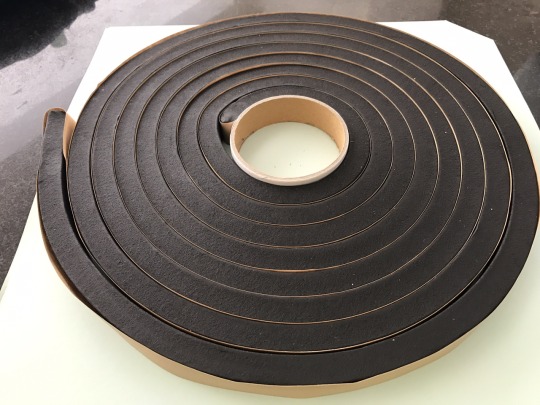Don't wanna be here? Send us removal request.
Text
Waterstop Variety Recommendations
Waterstops are static seals installed between joints of a concrete structures to stop the passage of water or another fluids. The waterstop is a part of the concrete or across and/or over the joint. In order to pick the best waterstop for the application there are several points to consider. Such as, the dwelling type, joint type, joint movement type, chemical containment requirements, and also the means for securing the waterstop in place (hog rings, grommets, etc.) Concrete waterstops rose to prominence as concrete use became the standard choice in residential and commercial construction within the mid-20th century. After concrete bridges started dotting the map in the early 1900s as well as the Hoover and Grand Coulee dams were constructed from concrete in the 1930s, it became predominant as the most used material in new construction. Because of the porous joints created when dispensing concrete in sections, the necessity for waterstops was immediately apparent. PVC was the predominant decision for waterstops from the 1940s and continued for several years and is still the most typical waterstop material.

Features Waterstops utilize techniques during installation that force seals to embed to the concrete. In most applications, it is necessary to repel water and liquids entirely. Special circumstances need the prevention of liquids from moving after dark barrier manufactured by the waterstop. This selection is a member of having to keep solvents, hot petroleum oils and chemicals from making its way past the seal itself. Additional features include alternative physical forms such as strips. A strip can do covering a vast area when ordered in large rolls or pastes. Applications Waterstops are essential for construction projects where concrete is used to retain water or exclude it. Most of these applications in residential, industrial and commercial construction include: Dams and water reservoirs Canals, locks, aqueducts and culverts Bridges and tunnels Water and wastewater treatment facilities Sludge ponds Containment structures surrounding oil, chemical as well as other varieties of refineries Storage tanks, both above and underground, for liquids like fuel or chemicals Basements and concrete foundations for homes and other buildings Specifications Specifications are manufactured for sale in the subsequent four areas: Structure type Joint type application Joint movement requirements Chemical containment requirements For more details about Bang can nuoc site: look at this.
1 note
·
View note